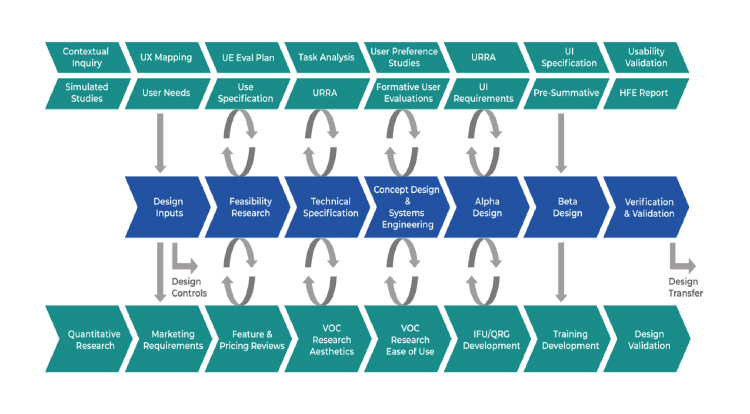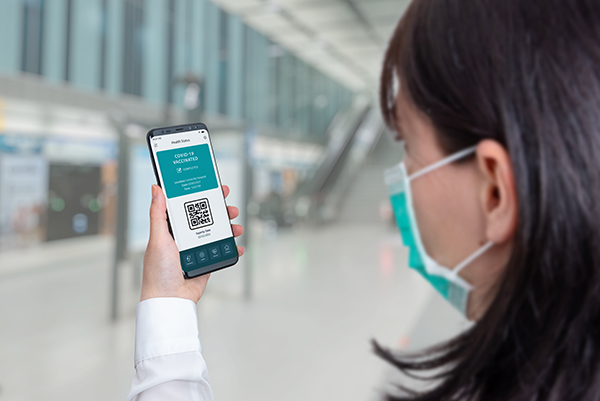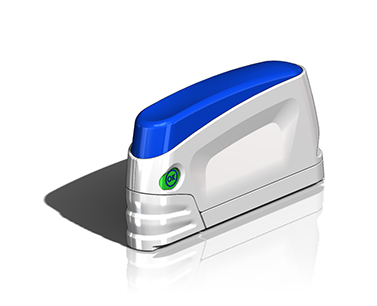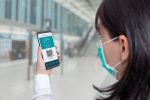The last decade has seen a significant shift in healthcare practices that are empowering patients to provide routine self-diagnostic and chronic non-skilled therapies. The proliferation of patient-operated and wearable devices for vital signs monitoring, sample collection, and regimented drug delivery have never been greater. Add to this the convenience for diabetics, dialysis patients and others to perform many tasks from the comfort of their own homes. It is no surprise, therefore, that patient-administered healthcare is one of the fastest-growing segments in the medtech industry, with an estimated CAGR of 12.5% through 2030.
The Evolution of Distance-Care
Patient-operated healthcare has become so prevalent that the term “distance-care” is now considered to include all categories, such as wearable and in-home devices for real-time monitoring and chronic drug delivery devices. Connected secure data transfer to professional healthcare providers for oversight and interaction are oftentimes powerful features in these new devices. Many also include sophisticated embedded intelligence that not only provides ease of use but also feeds vital data into remote databanks for real-time analysis and functional optimization.
The design of these distance-care devices further enhances patient lifestyles through miniaturization and by the use of simplistic interactions such as voice and gesture controls. Modern wearables and portable devices are being styled to blend with the patient’s attire and home devices even resemble appliances and entertainment products, which makes them less intrusive in a home setting. Many interact with consumer smartphones in order to leverage available computer processing, photographic and telemetric technology, reducing the capital cost of distance care. Portable and wearable device designs benefit from modern low-power electronics and dense battery chemistries that provide hours of continuous operation within smaller, lighter configurations.
Clearly, drug delivery has taken a step forward with new technologies, and with that, patients can request a safer and more convenient way to receive their meds. Connected technology is a key to this evolution as it gives the care provider remote visibility into patients’ regimens and adherence to medication directions. With distance care maximizing diagnostic and therapeutic self-care outside of a clinical environment, patients are no longer tethered to a clinic or healthcare setting to receive a drug infusion or treatment. In some cases, continuous and automatically adjustable drug infusion from a wearable is vastly better therapy than discrete dosing.
The User-Centered Design Process
As new technologies drive the pace of medtech device development, traditional “waterfall” approaches to the design process are no longer efficient. As companies move forward, higher levels of collaboration are necessary to reduce time-to-market schedules, strategies on product specifications, and iterations to reduce scope, risk, and ultimately time. Considering user interaction with the device throughout the design cycle is also critical here, particularly as the device must compensate for inexperienced users.
In a qualitative design approach, the process looks for patterns to emerge so that design issues can be resolved early on. It is a process that defines and optimizes solutions through iterative usability testing and a methodology that ensures critical usability features can be quantifiably validated to be safe when performed by end-users. It is also a discipline that focuses on safety criteria required by regulatory authorities as well as ease-of-use features desired by device manufacturers to gain market acceptance.
To meet these goals, the usability engineering process involves steps in research, confirmation, and validation through user studies (see Figure 1). This approach enables the designer to identify potential challenges that may be faced by the end-user. Considerations should include such steps as identifying user challenges based on personas and specific requirements as well as demographics (including the size of the user and economic variations), psychographics, and cultural differences. For patient safety, potential or actual comorbidities are an issue as well as the environment in which the device will be used, where hygiene and hazardous scenarios cannot be predicted. Finally, the device should not be intrusive but fit neatly in a home setting or if wearable, even with a user’s attire; patients usually do not wish to broadcast their medical condition to the greater world.

Identifying how the device will be packaged and handled before it gets to the end-user is a consideration. For example, temperature and humidity control may be a consideration. Questions regarding shelf life, long-term storage needs, as well as management of biohazardous materials, need to be answered.
Usability Considerations
When the patient becomes the operator, usability requirements are vastly different than those of trained clinicians, which elevates considerations in the design process. The breadth of demographic and psychographic variations among patients are massive compared to those of highly trained healthcare professionals. This means that design challenges may include issues such as eyesight, dexterity, strength, cognitive deterioration, as well as social/cultural/anthropomorphic variability. These challenges present a myriad of design issues to alleviate interaction limitations and complicate operability and use safety.
Philosophically, these emerging distance-care devices are a blend of clinical and consumer products and ultimately must provide superior and more satisfying user experience solutions to ensure safe and effective implementation and promote market penetration.
Authentication
In parallel with the technology advancements of modern distance care, many of these devices must ensure appropriate operational compliance and adherence by the patient to support efficacy, safety, and economic reimbursement requirements. This necessitates interrogating if the task is being carried out and if it is being done correctly according to protocol. The importance of authentication measures is to document correct practice and ensure that the devices and the recording methods are interacting reliably.

A vaccine delivery device, for example, may be required by regulatory authorities to prove that it was administered correctly to the actual patient on the correct date. One method of providing this authentication is to utilize a software application on a smartphone that can record the process and capture QR codes for batch recognition via video with date-stamp. The transaction can then be uploaded autonomously to a database for verification and traceability. This means the device may need to provide visual markers or electronic sensing to the smartphone app to verify certain actions have been successfully completed. Tamper-resistant packaging may also be required to ensure the contents are consistent with the QR code database and/or that the sample collection has not been compromised during transit.
Product Workflows
The entire work/lifecycle for these devices should be considered. Drug-delivery combination products that transport the drug from its point of manufacture to the patient may require environmental and physical conditions to be maintained in order to preserve the drug during transport. If a specimen sample is also required from the patient, what is required to preserve the resultant sample from patient to its end destination? Packaging and environmental (i.e., shock, vibration, material leaching, climate control) specifications must be well constructed as part of the design brief and ideally should not complicate the end-user burden.
A Case in Point

Medical device developer, PreciHealth, recently received a patent for a solution for self-vaccination and remote medical treatment. The miniaturized auto-injector technology permits different volumetric capabilities from 25 mm3 to 2,500 mm3. The company cites the power of user-centered design and engineering techniques as instrumental in developing the device. By applying principles used in the usability engineering, authentication, and workflow procedures during the design and development process, the device was able to meet the objectives for self-administration and regulatory requirements.
Summary
Future advancements in device and sensor technology, telemetry, cybersecurity and data processing will enable distance-care to transform healthcare procedural paradigms over the coming decades. Patients as device operators will naturally mature in their familiarity with, and acceptance of, technology in their everyday lives. This will inspire even higher levels of device sophistication and functional capability. However, superior usability is the foundation for these self-administered devices and will remain vastly more challenging than traditional clinical-use devices. This means deploying thorough user-centered design methodologies to maximize patient safety and effective use. Reliable authentication techniques will also continue to be a requirement as critical drug delivery and sample collection become widely adopted by society.
With dwindling resources willing to train as future clinicians to care for an ever-aging population, it is logical that patients will need to become more involved in their healthcare. Artificial intelligence, coupled with massive online biostatistical data, will inform these connected patient-operated devices to make optimized and safe real-time decisions with little end-user involvement in the comfort of patient homes and as part of their everyday lifestyle.






